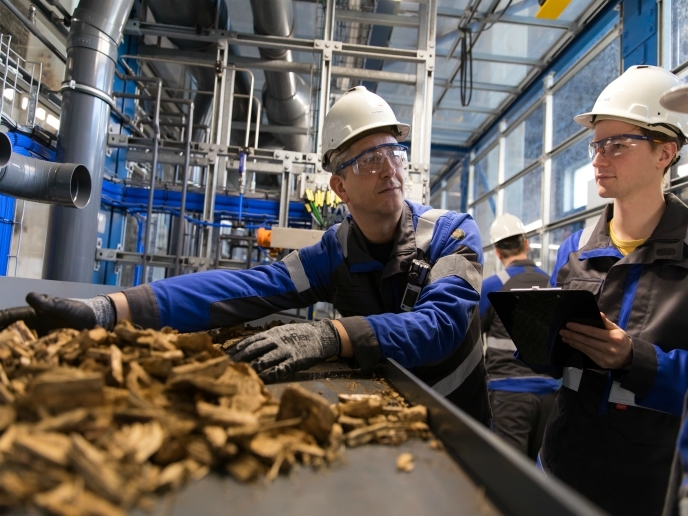Wood provides environmentally friendly chemical feedstocks
Wood contains valuable compounds that can serve as raw material in the production of bio-based chemicals, materials and fuels. These compounds, however, are present in complex fibre matrices that require processing to make them accessible. One example is the presence of sugars in their polymer forms of cellulose and hemicellulose, which cannot be used as such for ethanol and butanol production. Furthermore, the complex structure of lignin depends on the type and age of the wood that contains it. Lignin may be used to produce heat and power but can also be valorised in different ways towards end products or co-products as bio carbon binders. The goal of the EU-funded BIOFOREVER project was to demonstrate the feasibility of a European biorefinery for the production of lignocellulosic sugars, lignin/lignosulfonates and other (downstream) products, including carbon binders, enzymes, ethanol, butanol, 2,5-Furandicarboxylic acid (FDCA), nano-celluloses and resin acids. The initiative received funding from the Bio-based Industries Joint Undertaking, a public-private partnership between the EU and industry.
Value chains examined
BIOFOREVER comprised 14 leading industrial parties involved in feedstock supply, pretreatment, downstream processing, techno-economic modelling and process design, and market research and development. “We targeted spruce, poplar and wood waste but also assessed other lignocellulose feedstocks to achieve the most commercially viable and sustainable value chains,” says project coordinator Adriana Contin. The consortium demonstrated the potential of lignocellulosic biomass as a feedstock for the chemical industry by establishing several new cost-competitive and sustainable value chains based on various sources of lignocellulosic wood-based feedstocks. “We used the results to establish optimal combinations of feedstock, biorefinery technologies, end products and markets and allow successful implementation of these value chains in a commercial-scale biorefinery as a follow-up step,” Contin explains. Researchers assessed value chains from the four different woods, through four different pretreatment technologies towards nine bio-based products, using multi-criteria evaluation such as availability, processability, sustainability, regulatory requirements and costs. They then demonstrated selected value chains on a pre-commercial scale, producing butanol, resin acids, cellulolytic enzymes, carbon binders, fructose, ethanol and specialty sugars. Further activities for FDCA will be taken up in the bio-based industry flagship project PEFerence.
Health and environmental benefits
Based on the demonstration results on a pre-commercial scale, consortium members conducted a detailed techno-economic evaluation, comparing in detail four different competing pretreatment processes. Life cycle analysis (LCA) showed that cellulosic sugars can provide a CO2 reduction in certain scenarios compared to first-generation sugars. Using the lignin fraction as feedstock for energy production makes a significant contribution to the LCA. As a bio-based end product, ethanol from waste woods appeared to be the most economically feasible outlet, given the current market situation. Ethanol can serve as biofuel but can also be used as an intermediate chemical building block, forming a stepping stone towards a broader implementation of bio-based technologies. A conceptual engineering package has been prepared for use as the basis for the next step in implementing the BIOFOREVER project. Regarding the utilisation of by-products, a specific lignosulfonate was shown to be a feasible replacement for coal tar pitch currently used as a carbon binder. “The use of such bio-based binders will reduce polyaromatic hydrocarbon emissions to workers in aluminium plants and reduce the greenhouse gas emissions from aluminium production,” Contin concludes.
Keywords
BIOFOREVER, feedstock, wood, value chain, lignocellulosic, lignosulfonate, life-cycle analysis

